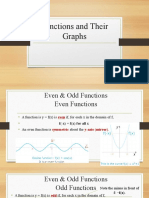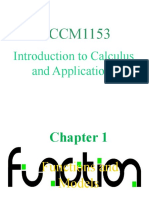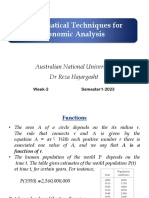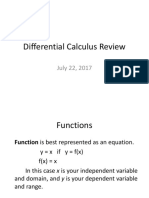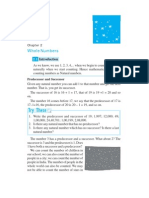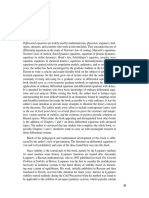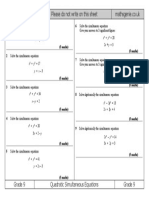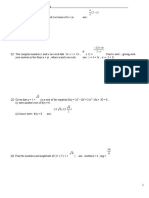0% found this document useful (0 votes)
24 views47 pagesChapter 1 - Functions and Graphs (Vol1)
The document provides an overview of functions and graphs, detailing the definitions, representations, and properties of functions, including increasing and decreasing functions, symmetry, and transformations. It covers various classes of functions such as algebraic, transcendental, and piecewise-defined functions, along with examples and quizzes for reinforcement. Additionally, it discusses the vertical line test and combinations of functions.
Uploaded by
forwebcloneCopyright
© © All Rights Reserved
We take content rights seriously. If you suspect this is your content, claim it here.
Available Formats
Download as PDF, TXT or read online on Scribd
0% found this document useful (0 votes)
24 views47 pagesChapter 1 - Functions and Graphs (Vol1)
The document provides an overview of functions and graphs, detailing the definitions, representations, and properties of functions, including increasing and decreasing functions, symmetry, and transformations. It covers various classes of functions such as algebraic, transcendental, and piecewise-defined functions, along with examples and quizzes for reinforcement. Additionally, it discusses the vertical line test and combinations of functions.
Uploaded by
forwebcloneCopyright
© © All Rights Reserved
We take content rights seriously. If you suspect this is your content, claim it here.
Available Formats
Download as PDF, TXT or read online on Scribd
/ 47






































